THE CÔA | The Region
In the mountains of northeast Portugal, a region of extensive olive groves and where the almond trees blossom in spring (February and March) and the vineyards in autumn (September and October) are covered by leaves the color of fire, there is a tributary of the River Douro with a universally recognized name. It is the Côa, known due to the ancient rock art scattered along the last stretch of the river. The schist outcrops in the valley have been converted into art canvases over the millennia, holding thousands of engraved motifs that are the legacy of our ancestors’ creative instinct.
The identified open-air rock art panels and prehistoric habitats can be dated back to the Upper Paleolithic. Together they give testimony to the occupation of the land and to the artistic mastery of our ancestors along a 25,000 years timeline. Besides the Ice Age, this art gallery also provides motifs from the Neolithic and Iron Age, then swiftly racing through two thousand years of history to present Modern Age religious representations, names and dates, continuing until only a few decades ago.
Besides being a World Heritage Site as an extension of the Côa Valley, Siega Verde (Ciudad Rodrigo, Spain) possesses more than 90 outcrops with rock art motifs from the Paleolithic period. The two sites collaborate closely in various fields, namely in research projects. Siega Verde also offers guided tours to the general public, departing from an interpretation center located at the site.
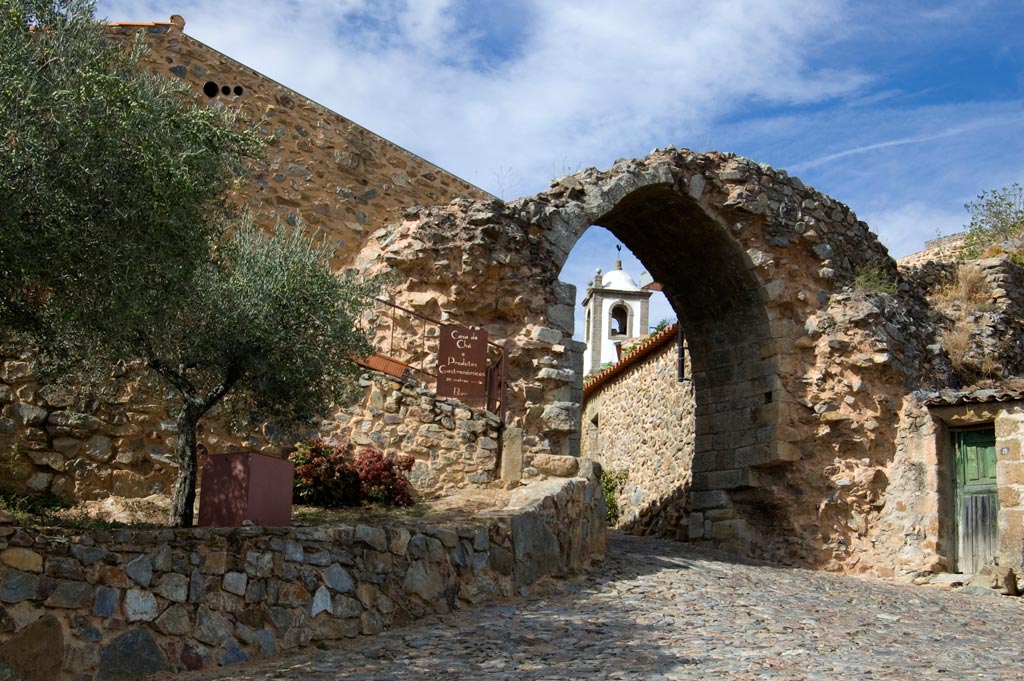
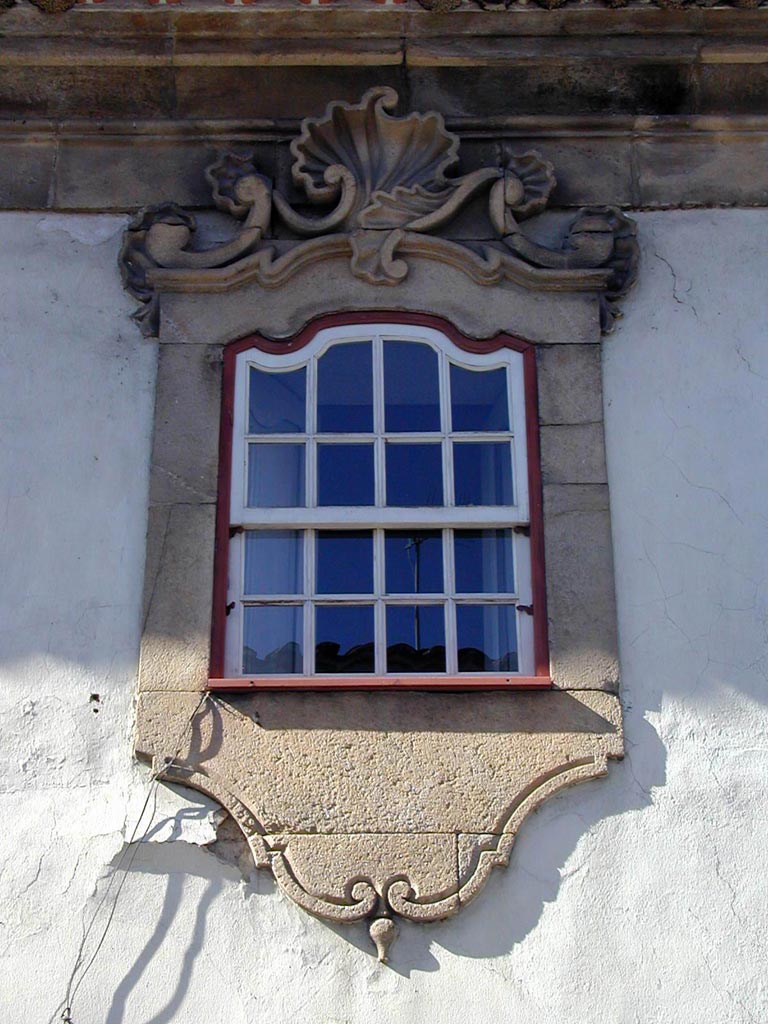
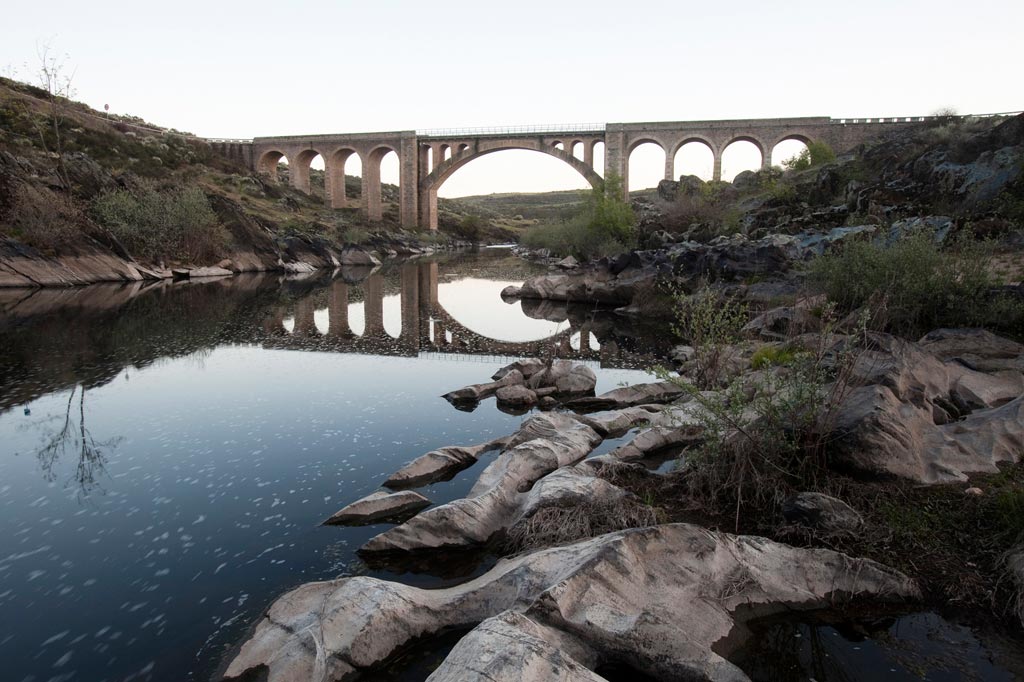

Click Here for more information (flyer)
Other places of interest in the region include winemaking estates. Quinta da Ervamoira within the boundaries of the Archaeological Park houses a Site Museum on the region’s history and its ancient customs, including the production of Port and Douro wines, certainly another of the riches of this region.
If the Côa contains the largest concentration of Paleolithic open-air rock art known in the world, other, smaller, sites with rock art from the same period exist in the vicinities. Among these are sites located in the Sabor, Tua and Águeda Rivers.
The Côa Battle
WORLD HERITAGE
In 1998, in the fastest classification process ever, UNESCO included the Prehistoric Rock Art of the Côa Valley in the World Heritage List. The justification, in the form of classification criteria, was twofold:
The Upper Paleolithic rock art of the Côa Valley is an exceptional illustration of the sudden development of our creative genius during the dawn of human cultural development.
The rock art of the Côa Valley exceptionally demonstrates the social, economic, and spiritual life of our prehistoric ancestors.
With this resolution, this international organization confirmed not only the relevance of the rock art finds but also the pertinence of the Portuguese government’s decision to cancel the dam and protect in situ, that is, where they were made, where they made sense to their creators, and where they were found, the Côa engravings.


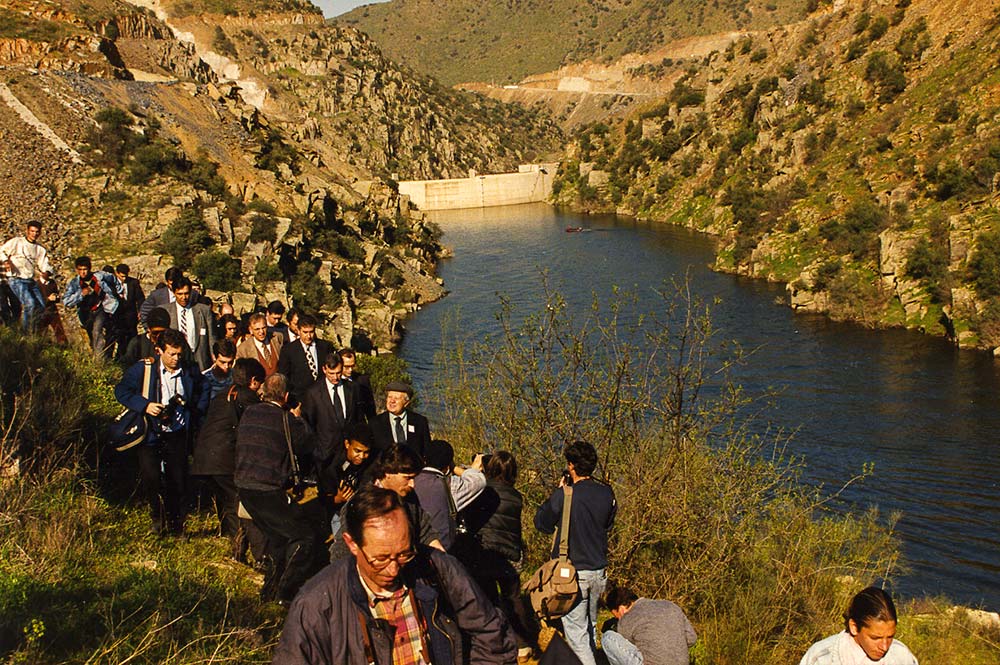
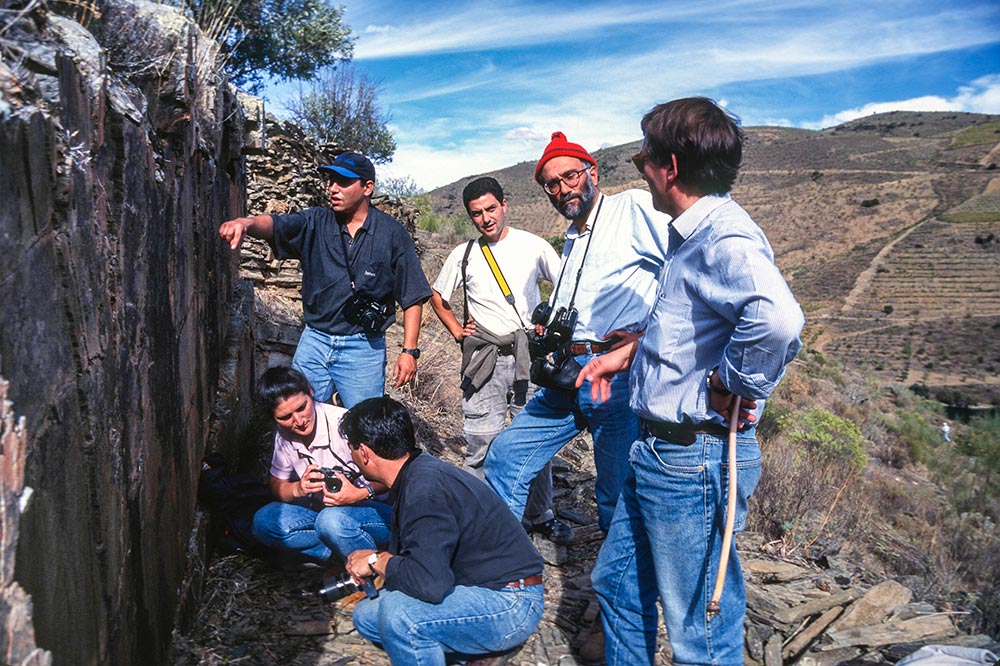
History
WORLD HERITAGE
Although the public announcement only took place in 1994, archaeologist Nelson Rebanda, who accompanied the construction of the Côa dam, identified the first engraved rock (1 of Canada do Inferno) in late 1991. This is not to say that people of the region, especially the shepherds or the millers who worked on the banks of the river precisely in the zone of Canada do Inferno had not seen the engravings before. However, they lacked the information to ascertain the great antiquity of these figures. The discovery soon provoked great discussion as the construction of the dam would cause the submersal of the Côa Valley rock art.
In 1996, the Portuguese government, in view of the experts’ opinion regarding the artistic and scientific importance of the Côa rock art, and the great number of sites that were discovered since 1991, decided to abandon the construction of the dam. At the same time, the Côa Valley Archaeological Park was created to protect and show to the public the rock art ensemble. The Côa Valley is the largest open-air rock art collection from the Paleolithic known today.
Recognition by UNESCO of the Côa Valley rock art as World Heritage on December 2, 1998, was the culmination of a process that would indelibly mark Portuguese Rock Art, Archeology and Cultural Heritage. In 2010, UNESCO also listed the nearby Paleolithic rock art of Siega Verde (Ciudad Rodrigo, Spain) as an extension of the Côa.

Museum
THE CÔA
Inaugurated in 2010, the Côa Museum was designed by Camilo Rebelo and Tiago Pimentel, a team of architects from Porto. Its design departs from the notion that “Paleolithic art in the Côa Valley is perhaps the first manifestation of ‘Land art’“.
Being one of the largest Portuguese museums, it sits gracefully at the top of the mouth of the Côa River, celebrating the meeting of the two world heritage listings in the region: the Prehistoric Art of the Côa Valley and the Douro Wine Landscape.
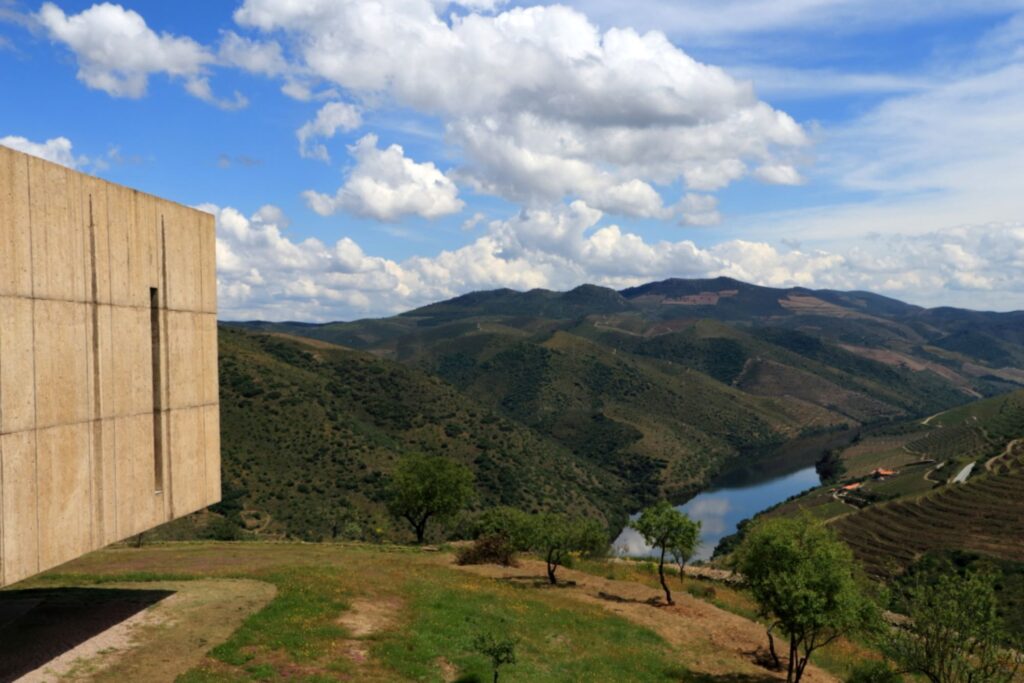
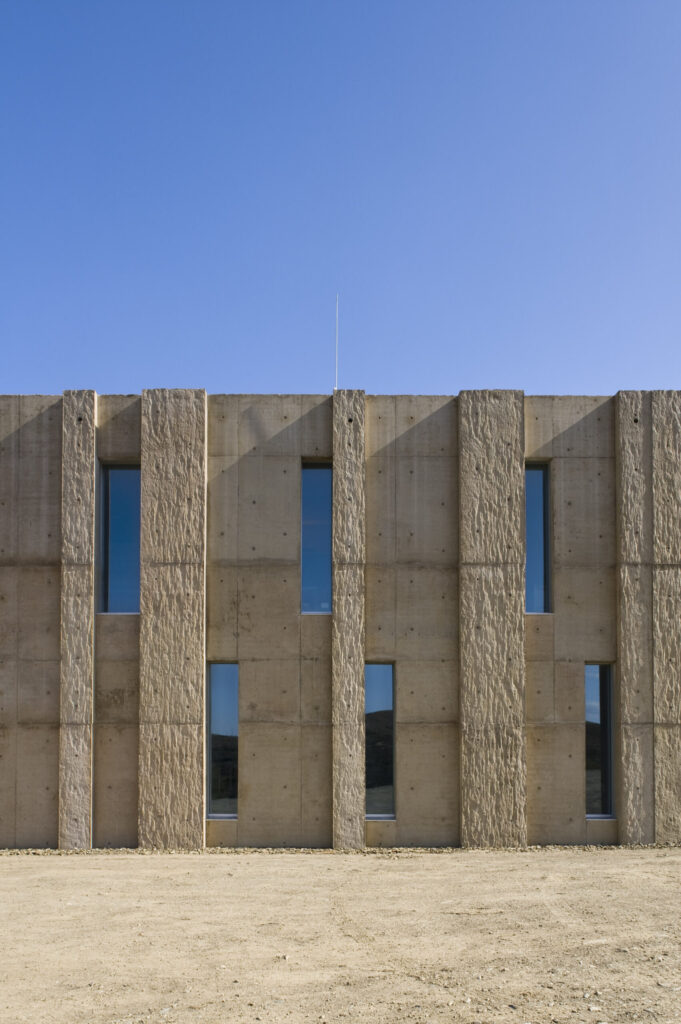
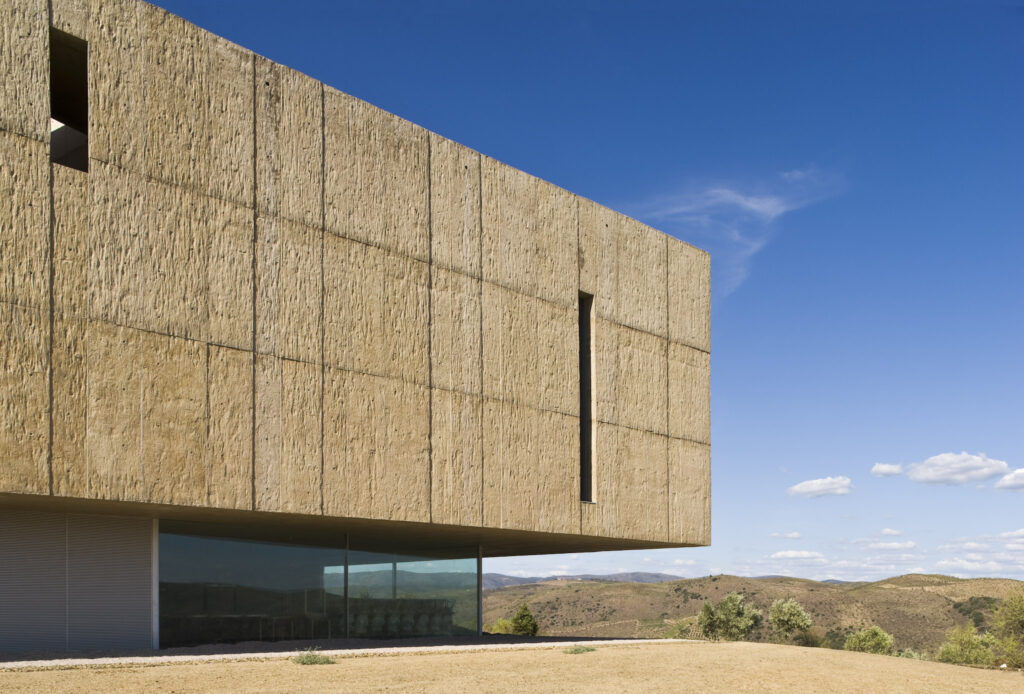
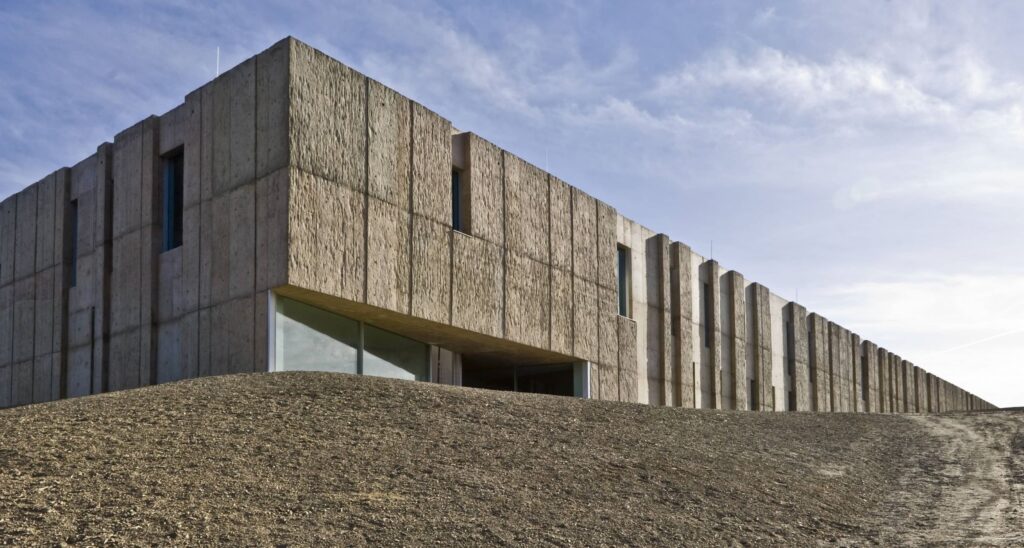
If from afar the building resembles a large outcrop emerging from the soil, a closer inspection reinforces the perception, since the composition of the facade results from the use of mineral pigments in the composition of the concrete that was also object of surface treatment mimicking the natural irregularities of the metamorphic rocks in the region.
According to the preliminary draft of July 2005, the Museum’s “Unique assumption” is the perfect “integration in the surrounding scenery“, constituting its body, although as a “strong and affirmative gesture“, a “subtle mark, sensitive to the topography, slightly modifying the profile of the hill and in dialogue with the landscape“.
The Côa Museum does not replace the visit to the rock art sites in the Côa Valley Archaeological Park, after all the ‘true‘ Museum. It is the portal that will allow visitors to begin discovering the artistic richness of the Côa and Douro valleys.
The Museum is also a welcoming hub for researchers who wish to study the Côa by taking advantage of the largest library in Portugal dedicated to rock art. The Museum Educational Services develop their activity in a didactic fashion to welcome school audiences but also the general public.
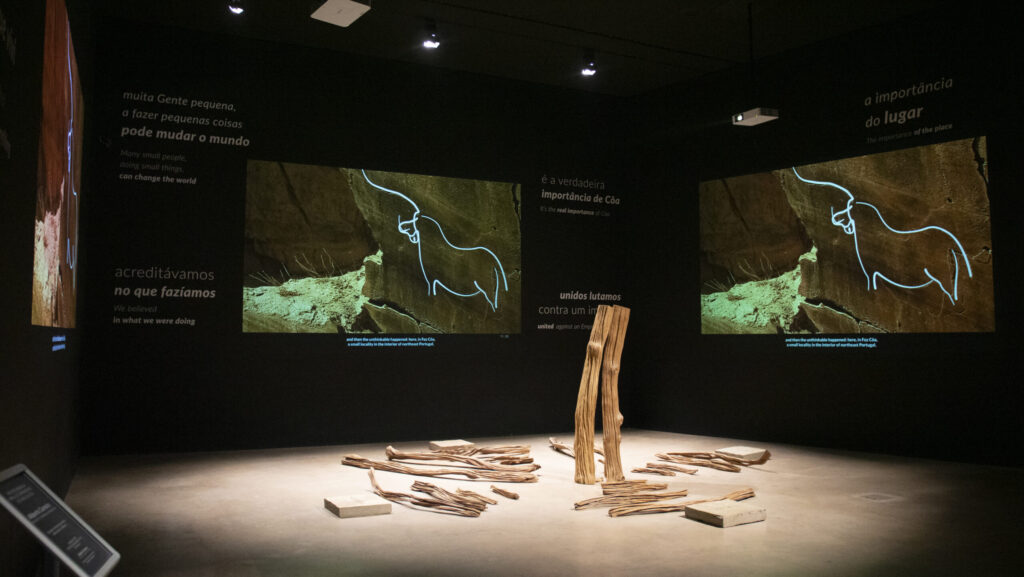
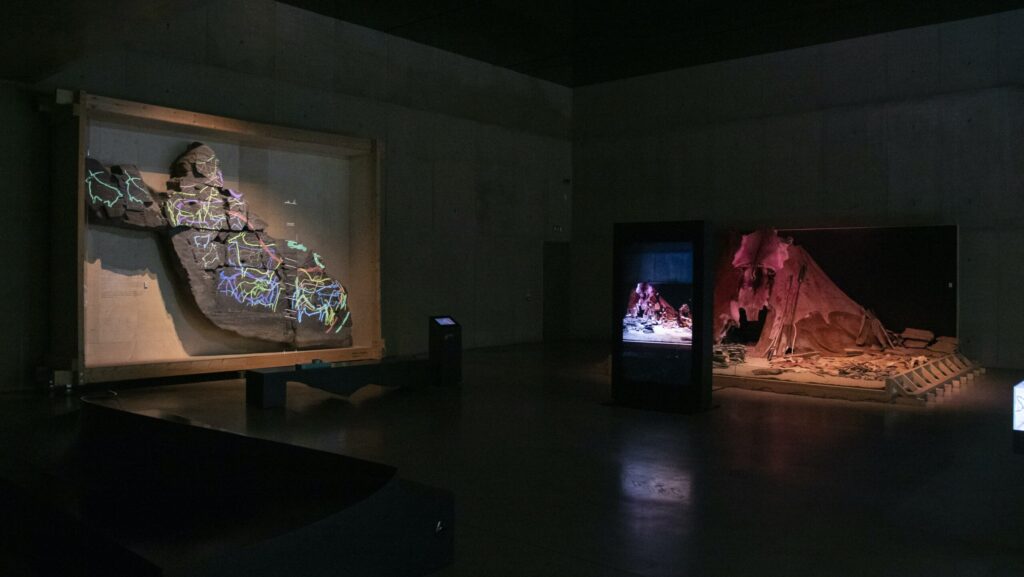


Park
THE CÔA
The Côa Valley Archaeological Park is located in the northernmost part of Guarda district, in the region known as Alto Douro. In the final section of the Côa river, more than 80 sites with rock art and around 1200 engraved outcrops are located in a territory of about 200 km2 covering areas in the municipalities of Vila Nova de Foz Côa, Figueira de Castelo Rodrigo, Pinhel and Mêda.
This extraordinary rock art complex is distributed along two main river axes: the Côa, for about 30 kms before its outfall, and also the Douro, for about 15 kms, on both margins after the mouth of the Côa. As a result of the recognition of the significance of this group of findings, the Côa Valley Archaeological Park was created on August 10, 1996, with the mission of managing, preserving, researching and showing to the public the rock art.

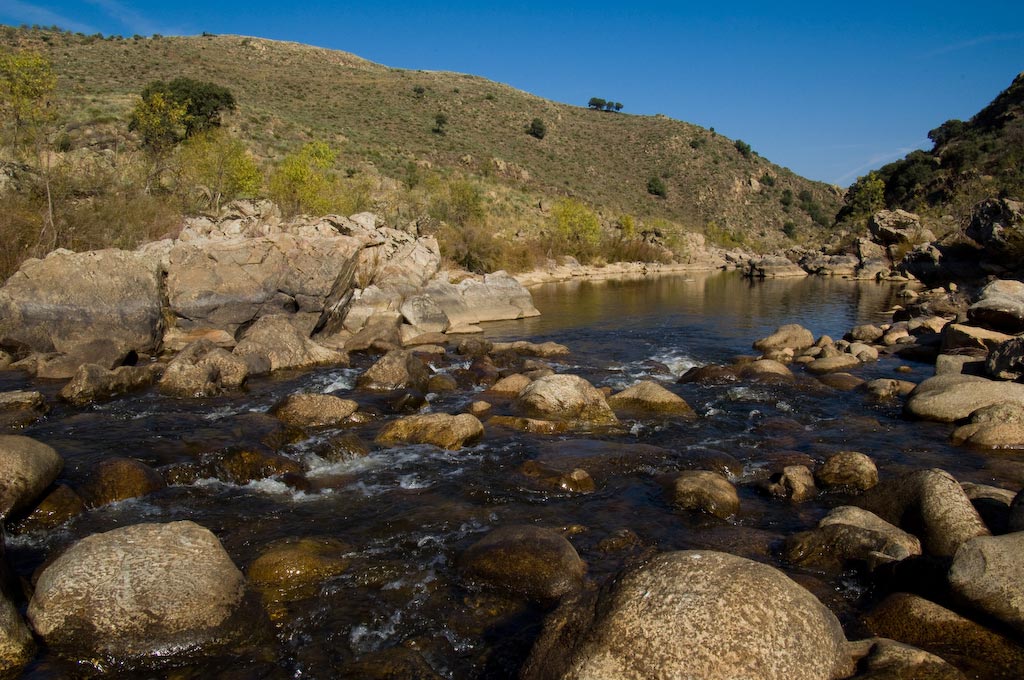
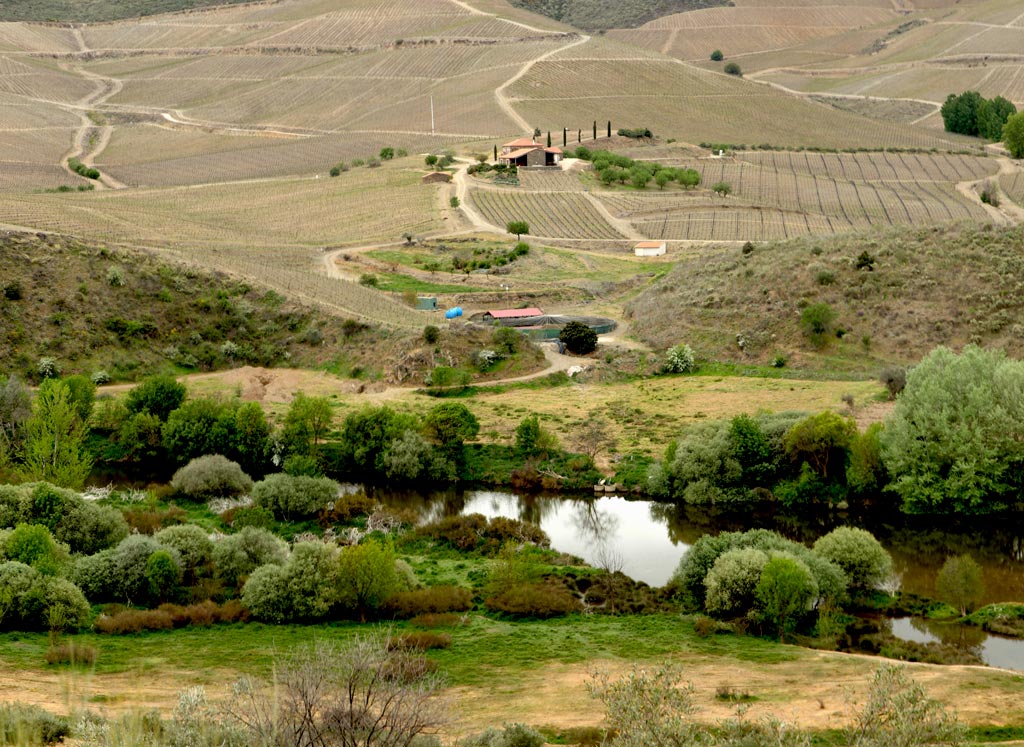
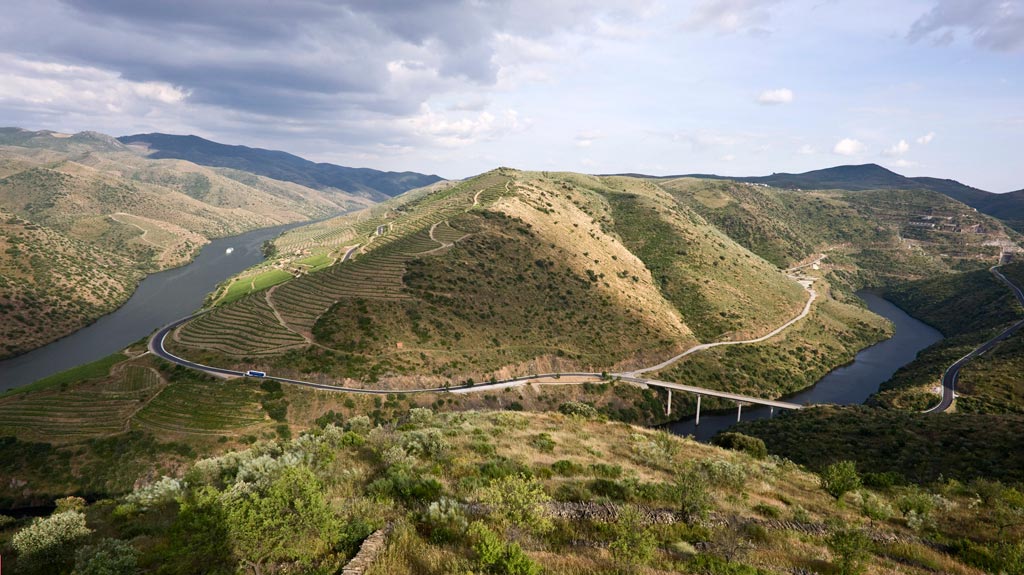
The Côa Valley is a unique site in the world due to the rock art from various moments of Prehistory, Protohistory and History, including the most important collection of Paleolithic open-air figurations known today.
Until its identification in the mid 1990’s, the oldest artistic expression of Humanity was believed to be circumscribed to the subterranean world of caves. It is now suggested that open-air art was more common. However, various erosive agents and human activity over the millennia prevented much from reaching the present. Hence, the importance of the Côa Valley, with its well-preserved archaeological sites.

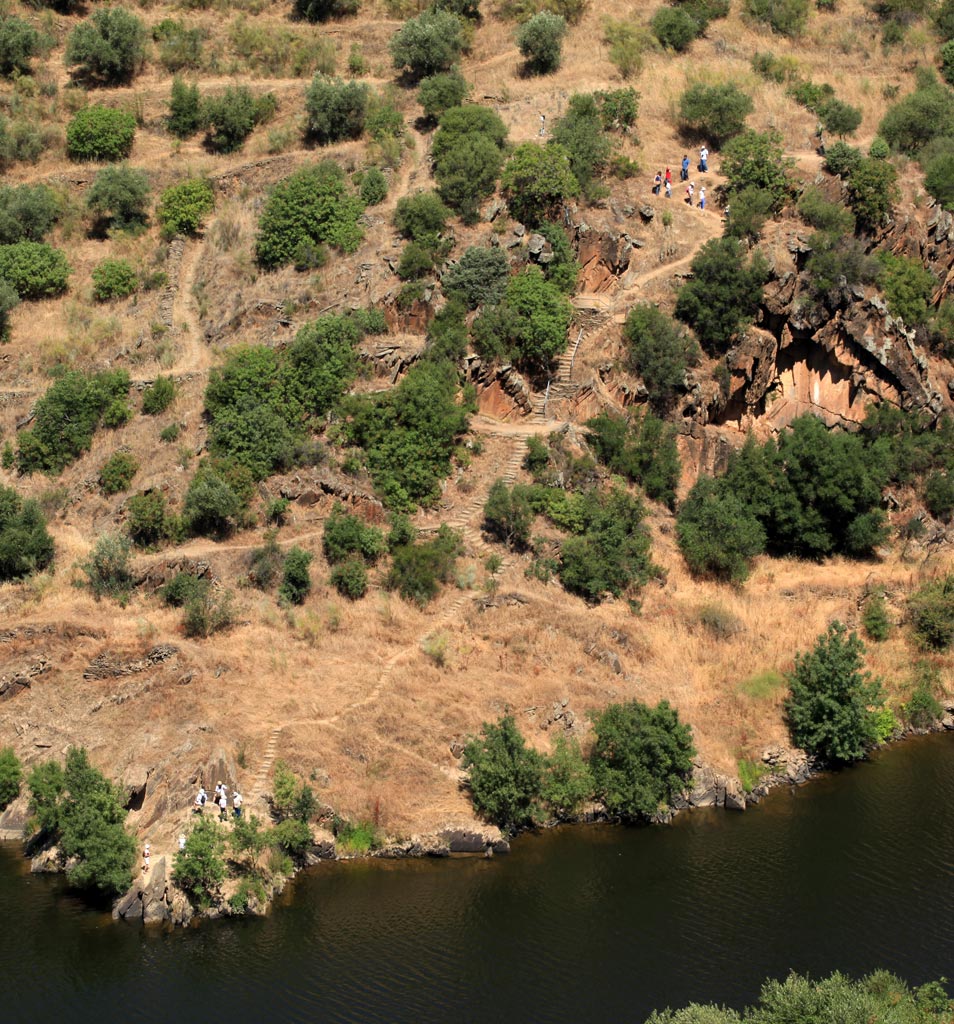
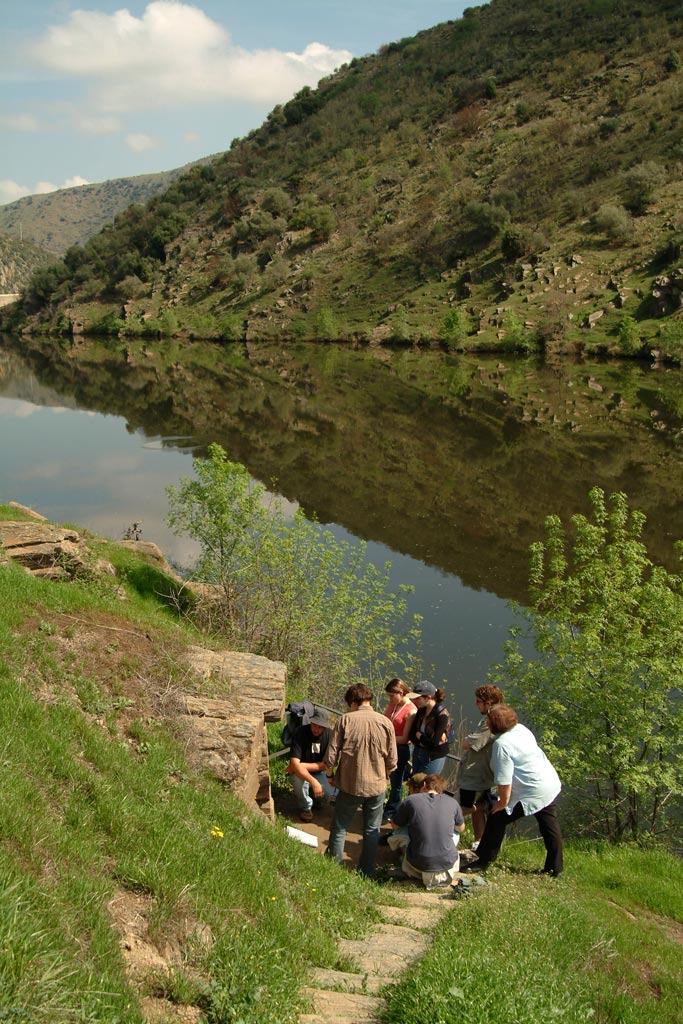
The vast majority of the rock art motifs in the Côa Valley, of all chronologies, is located in schist outcrops, taking advantage of the way the geological evolution of the Lower Côa exposed, as a result of fluvial and tectonic processes, vertical smooth panels proper to be engraved. However, at Faia Rock Art Site (Cidadelhe, Pinhel), located in the southernmost part of the Archaeological Park, engravings and paintings on granite can still be found today.
These last endured until the present in the shelters that granitic substrate sometimes forms, unlike what happens with schist. Although there is no cave art in the Côa Valley, since these geological episodes do not form on terrains with the rock characteristics indicated above, the existence of these granite shelters allowed the survival of painted motifs, some from Paleolithic times. Thus, it is correct to say that in the Côa there are, in greater quantities, rock engravings, and, in smaller numbers, rock paintings.
@ www.arte-coa.pt


